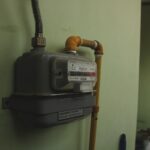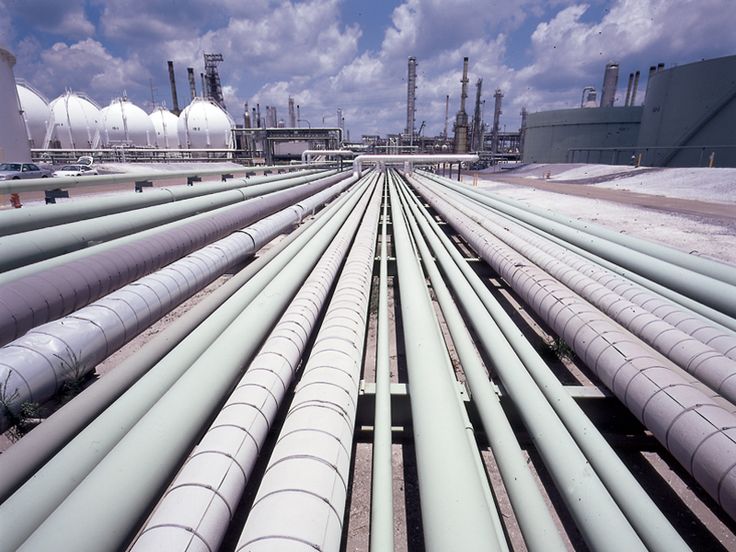Pipeline technology advancement has been realized to have greatly advanced over decades. Such strategic or critical corridors of tangible networks are very useful in facilitating movement of almost everything ranging from natural gas to water hence their value in today’s world. Over time the world changes and the technology that is underpinning these systems also changes. Solutions appear that allow the improvement of productivity and protection against injuries and pollution.
In this blog post, I will share with readers the ways in which pipeline technology has evolved from simple pipeline transportation techniques to complex pipeline monitoring systems. Follow us on this trip through time as we take you through the history of pipelines as well as showcasing some of the main milestones that define the current pipeline industry. No matter if you are an industry insider or just somebody interested in what happens backstage, there is information interesting for you in our list!
The Early Days of Pipelines
Pipelines have been in existence for several years now. Ancient people knew that there was a need for the transportation of water and other resources that they needed. For example, the ancient Romans built aqueducts that were not only signs of great achievements in engineering , but had purposes as well.
These early systems were mainly made of clay or stone. They were not as durable as well as efficient as what we have currently. Instead of connecting them with long pipelines that are hard to maintain, they opted for several small parts that needed the services of a plumber more often.
With changing societies came better ways of doing things. Pipeline technology had a turning point with the beginning of the Industrial Revolution. Iron pipes started to replace the earlier materials and provided longer distance and good reliability.
Though, faced with these milestones, there were essential issues at the time as well. Two challenges found familiar to engineers in antiquity include leakage and blockage. However, each barrier spurred increased advancements in design and construction approaches that continue to define modern pipeline infrastructure with players like sunstate pipelines focusing on today’s needs.
Advancements in Materials and Construction Techniques
Pipeline technology has evolved over the years basically because of the type of material used in the pipeline and the manner of construction. Current pipelines are designed from high tensile strength steel and composite materials which provide high durability.
These innovations reduce chances of corrosion which were rife in older pipelines which are used for the same purpose. The use of coatings and linings offer a stronger guard against perilous forces of the environment.
Bear also in mind that building construction techniques have also transformed. Modern trenchless possesses the possibility of further installation with comparatively little interference with the environment. This method helps to save costs and shorten time within projects while honouring safety measures and precautions.
Effective inspection solutions utilize such advancements as robotics as well as drones. These devices give inputs that are instant thus enabling the operators to evaluate conditions without labor intensive work.
By doing so, such developments not only increase efficiency but also enable the enhancement of pipeline systems longevity; this makes it compulsory in the transference of energy over long distances.
Impact of Technology on Pipeline Safety
There are incredible ways in which technology has transformed the safety of pipelines. They found technologies that are used in today’s world to monitor and supervise a process acting as modern sensors, and as a result one gets real-time data regarding potential problems that might occur. These advancements let operators monitor pressures and identify leakage and even assess structural health.
Four-way diaphragm IV-1956 is another important invention They also come with a shut-off valve where necessary. These devices allow the prevention of materials leak in the shortest time possible hence conforming to environmental concerns as well as minimizing dangers to human life.
Drones are also utilized in this province along with other technology equipment as well. It covers more areas of pipelines than the conventional methods, and they do so within the shortest time possible. Equipped with high-definition cameras and often supported by infra-red, drones are able to pick out features that would be otherwise very difficult to detect.
In addition, predictive analytics make it feasible for companies, including Sunstate Pipelines, to predict repair requirements using patterns derived from previous records. It results in safer operations while at the same time, utilizing and maintaining structures based on the infrastructure’s useful life to and across varying terrains.
Environmental Concerns and Regulations
Environmental issues associated with pipeline technology have been an area of interest in the last couple of years. Since pipelines evacuate important commodities such as oil and natural gas, prospects of leakages are worrisome to citizens and environmentalists.
The following risks have however been regulated to check on this act. To make them safer to operate the governments are adopting operational standards that entail things like annual inspections and superior monitoring technology. Regulations have become important for most business entities including Sunstate Pipelines.
Advanced technologies are also involved here as well. Through environmental consciousness, several companies are considering green products that reduce the effects of the environment on building construction and use. It is a change that marks the increment of environmental conservation in the hotel industry.
The public has become more aware also of these problems as you will find out in this paper. Pipeline owners and managers observed that communities seek information on practices and preparedness or response of pipeline operators. First of all, it is obvious that the task of providing balance between the energy requirements and the conservation of the environment is getting more important than ever.
New Developments in Pipeline Monitoring and Maintenance
Indeed, the management of pipelines is one of the most rapidly evolving areas at the present stage. Technological advancements are creeping in deposition to better the methods and measures of safety.
Some of the changes that have been noted include; Drones for aerial inspection. With these unmanned vehicles personnel can navigate in zones which are dangerous for human beings and at the same time collect up to date information on the status of the pipelines.
Another novel innovation relates to smart sensors which are installed in pipelines. They include pressure measuring instruments, temperature measuring instruments, and flow rate measuring instruments; these devices constantly check on pressure, temperature and flow rates and give the operators a head start by alerting them to the fact that some pressure, temperature, or flow rate isn’t normal before it becomes a matter of an emergency. AI integration takes this information to the next level and forecasts possible failure incidents from the past.
Moreover, the development of robotics has ensured that an end product is developed in the repair of the pipelines in a manner that does not necessitate total closure of lines. This does not only help reduce time lost but also guarantees abundant supply in the time of servicing.
Sunstate Pipelines has adopted implementation of these innovations through incorporating advanced monitoring systems in their structure. Concerning their dedication towards harnessing what the modern world calls innovation, they portray how pipe management is being influenced by the advancement of technology.
Based on these observations, these advances remain instrumental in sustaining and furthering the integrity of related pipeline infrastructures away from lapses that would otherwise compromise ecological sensibilities moving forward. Substantial and sustained commitment to research as well as advancement in technology unmistakably suggest that pipeline technology is set for even greater improvement in the future.
















